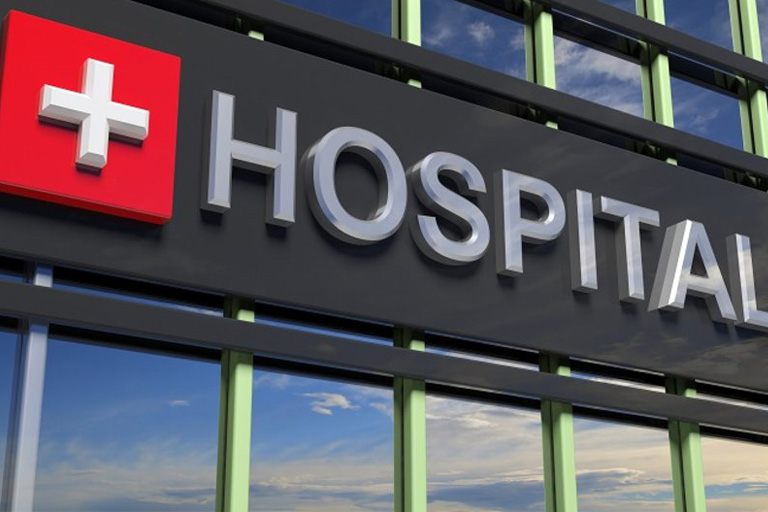Over the last decade, rural and critical access hospitals have been closing their doors at an alarming rate. Approximately 100 rural hospitals are no longer open for business—putting thousands of people out of work and many more at risk from a lack of access to local health services. Industry data indicate that hundreds of more rural hospitals are vulnerable to closure.
There’s no shortage of research and conjecture about why this is happening. Financial pressures, an aging population, tightened reimbursements, and even difficulties in attracting and retaining providers all contribute. Adding to the challenge of attracting providers is this stark statistic: the number of rural medical students makes up just 4.3% of future physicians. It’s a “workforce pipeline” issue that will likely compound these challenges in both the near- and long-term.
Separately or together, these factors are all in play, and the reality is that bankruptcies and closures occur all too often in remote locations. The impact of these closures is significant. When a rural hospital closes, it has a dramatic and negative effect on people’s health and wellbeing. Loss of access results in a decrease in routine primary and specialty care visits, and there will be delays in getting to emergency care. Alarmingly, there will be a rise in mortality rates by nearly 6%. Because hospitals often represent the largest local employer, their loss leads to out-migration. People seek other employment opportunities, making it more difficult to attract employers locally and further dampens rural economies.
So, what can be done?
From my perspective and experience, the right first step among at-risk organizations to solve these issues is to focus on the bottom line. It may seem obvious, but financial solvency remains paramount, and a solid approach to improving financial health means creating a foundation for long-term growth.
Some organizations may find that shoring up bottom-line operations means tackling reimbursements through sound coding processes that ensure complete, compliant claims. This could mean focusing on training, education, and innovation. Organizations can then acquire the processes and resources to improve the accuracy, true severity, and compliance of coded claims. One such example is software used to identify and warn coders of potential mistakes that may lead to denied claims. Denied or rejected claims weigh significantly on hospitals of all sizes and locations; one study found that hospitals across the U.S. lose a whopping $262 billion (yes, with a B) annually due to denied claims. This same report indicates that 9% of hospital claims are initially denied. Imagine the boost to your organization’s bottom line if these rates could be improved even one point—or two!
Alternatively, organizations may need to focus on improving physicians’ workloads or expanding how care can be delivered to boost cost-effectiveness, and to a higher standard of care and quality. Executive sponsorship is a key starting point, as are collaboration and communication with clinical leadership, with a concentration on targeted service lines that match the community’s needs. I reiterate the importance of including clinical leadership and governance.
Ultimately, what financial solvency efforts look like in one organization will be different than others—but all organizations will require sharp leadership and often the use of experienced consultants. Over the next several weeks, we will explore these concerns and their impact on rural health facilities’ ability to continue providing vital healthcare, economic opportunity, and partnerships for at-risk communities.






























